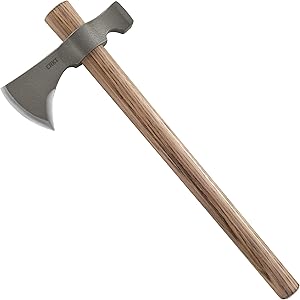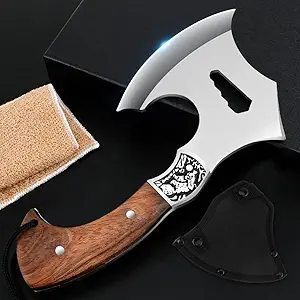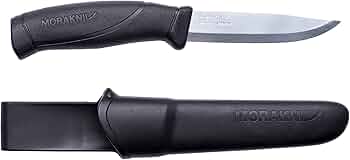The Ultimate Buying Guide for Throwing Axes
Overview
Throwing axes have gained popularity as a recreational activity and competitive sport. Whether you're a beginner or an experienced thrower, finding the right throwing axe is crucial for safety and performance. This buying guide will provide you with all the information you need to make an informed decision and choose the best throwing axe for your needs.
Types
1. One-piece Throwing Axes: These axes are made from a single piece of metal, offering durability and balance.
2. Multi-piece Throwing Axes: These axes consist of a separate handle and head, allowing for customization and replacement.
3. Tactical Throwing Axes: Designed for self-defense and outdoor survival situations, these axes often feature additional functions like a pry bar or a hammerhead.
Key Considerations
1. Skill Level: Consider your experience level, as some axes are better suited for beginners, while others are designed for advanced throwers.
2. Weight and Balance: Opt for a throwing axe that feels comfortable and well-balanced in your hand to ensure accurate throws.
3. Handle Length: Longer handles provide more leverage and stability, while shorter handles offer better control and maneuverability.
4. Head Design: Different head shapes, such as double-bit or single-bit, can affect the axe's flight and sticking ability.
5. Material: Look for axes made from high-quality steel for durability and longevity.
Features
1. Grip: Check for a non-slip grip or textured handle to ensure a secure hold during throws.
2. Blade Edge: Some axes have a single-edged blade, while others have a double-edged blade. Consider your preference and local regulations.
3. Sheath: A protective sheath is essential for safe storage and transportation of your throwing axe.
4. Throwing Range: Certain axes are designed for short-range throws, while others are suitable for longer distances.
5. Balance Point: The balance point of the axe affects its rotation during throws. Experiment with different balance points to find your preference.
Prices
Throwing axe prices can vary depending on the brand, materials used, and additional features. Entry-level axes can range from $20 to $50, while professional-grade axes can cost upwards of $100.
Tips
1. Start with a beginner-friendly axe to develop your throwing technique before upgrading.
2. Practice proper throwing form, including grip, stance, and release, to improve accuracy.
3. Consider attending axe throwing classes or joining a local league to learn from experienced throwers.
4. Regularly inspect and maintain your throwing axe to ensure safety and performance.
5. Always follow safety guidelines and throw in a designated and controlled environment.
FAQs
Q: Are throwing axes legal?
Q: Can I use a regular axe for throwing?
Q: How do I sharpen a throwing axe?
Q: What is the ideal weight for a throwing axe?
Q: Can children participate in axe throwing?
A: By incorporating these sections and optimizing the content with the provided keywords, you can create a comprehensive buying guide that is both informative and search engine-friendly.














